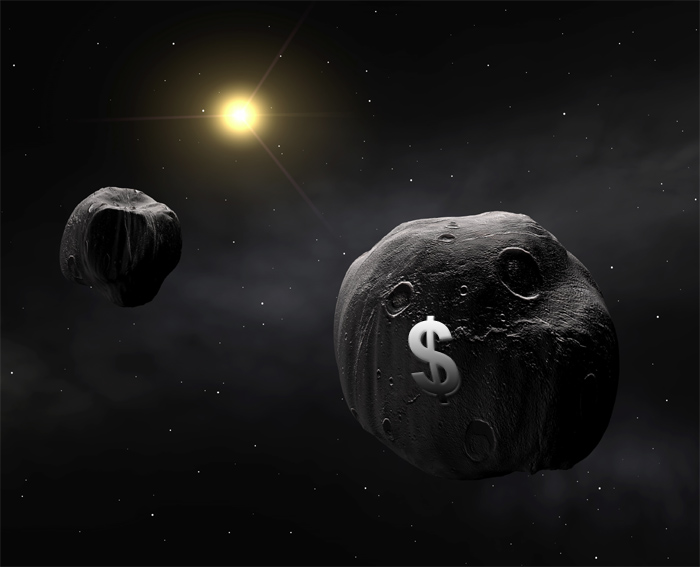
Move over, International Space Station (ISS) – Austrian researchers believe it is possible to build future space stations inside the bigger asteroids orbiting the Earth and mine the space rocks for valuable resources.
In a study supported by the University of Vienna, the researchers used mathematics to demonstrate how to dig a tunnel toward the center of an asteroid, set up shop inside the rock, and extract the minerals. If the asteroid was several hundred feet wide and sturdy enough for the job, it could host a cylinder-shaped base.
Skeptics pointed out the considerable logistical challenges faced by the asteroid-space station-mine concept. Even the Vienna researchers acknowledged the need for several decades of technological advances and the construction of other orbital infrastructure before the idea becomes feasible.
Other researchers scoffed at the idea because of the lack of sufficient information about the physical properties of asteroids. Without the benefit of reliable data, they do not know if an asteroid would maintain its integrity when astronauts try to bore a hole through it during the construction of the space station, much more during subsequent mining operations. (Related: Grueling life in space makes astronauts more susceptible to antibiotic-resistant superbugs.)
The benefits and requirements of building a space station inside an asteroid
Vienna researcher Thomas Maindl served as the primary author of the study. He presented the two strong points of his team's concept. First, building the space station inside an asteroid protects the base and its occupants from cosmic radiation. Second, it enables mining operations in the asteroid.
"If we find an asteroid that's stable enough, we might not need these aluminium walls or anything, you might just be able to use the entire asteroid as a space station," he stressed in an interview.
Maindl did not present any visual representation of the asteroid space station concept. Interpretations ranged from a hollow space that was little better than a cave to something that resembled the multi-module ISS.
The qualifications for the project were steep. An asteroid should be very solid. Furthermore, it should rotate one to three times per minute, a speed that generated enough gravity for mining and other activity.
An asteroid that met both requirements would produce roughly 38 percent of the gravity found on Earth. That's more than double the gravity on the moon – which the Europeans want to mine – and matched Mars. More importantly, it allowed heavy equipment to remain upright and work.
A spinning asteroid produces enough gravity to make mining possible
Currently, it is impossible to conduct conventional mining operations on the surface of most asteroids. The weak gravity exerted by these rocks makes mining tools useless. A drill would spin the user instead of boring into the much more massive asteroid; a jackhammer would send the miner flying into space and forget taking a hammer and chisel to it.
However, putting the mine inside an asteroid changes things. If the asteroid rotated at a sufficiently fast rate, it would produce artificial gravity inside the tunnel, enough for drills and jackhammers to work as intended.
Most asteroids remain mysterious – for example, researchers only confirmed the existence of water inside them in recent times. Furthermore, their physical properties might change if humans dug into them.
Mine collapses are a real danger on Earth. Similarly, mining an asteroid might destabilize it, although instead of collapsing inward, the space rock might fragment outward instead.
"The border between science and science fiction here is sort of blurry," said Maindl. "My gut feeling is that it will be at least 20 years before any asteroid mining happens, let alone something like this."
Sources include:
Please contact us for more information.




















